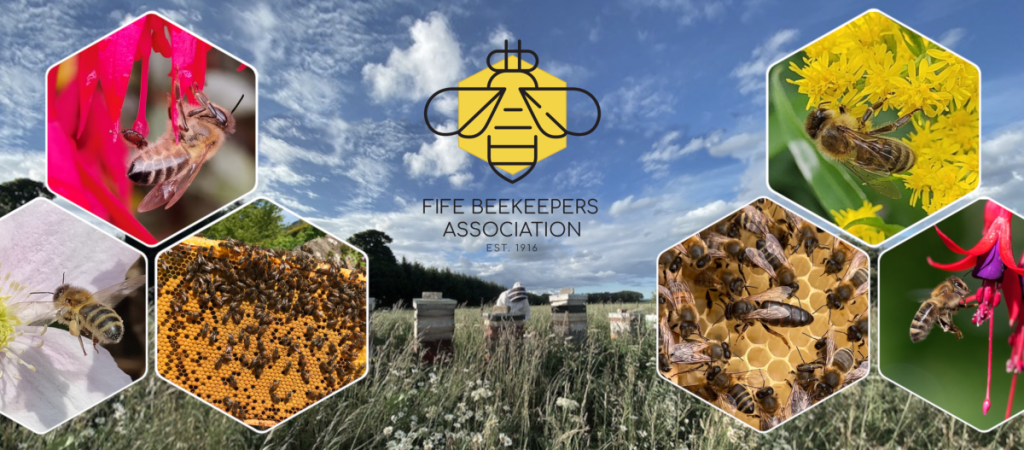Using a Refractometer by David Morland
Photos of refractometer by Linda Tilman. Thank you.

When that the honey harvest is upon us, members of our associations will be bottling their honey to sell or to show in one of the many shows over the summer and into autumn.
There are regulations governing the sale of honey which you must comply with when preparing honey for sale, these deal with hygiene, labelling and composition.
One characteristic of honey you need to be aware of is moisture content, the main reason being that honey will ferment over time due to the activity of the natural yeasts present in it. If the moisture level is less than 17% these yeasts will not convert the sugars to alcohol, and if it is over 20% the risk of this happening is greater.
As you know, when you put a spoon into a glass of water it appears to bend. This is due to the refractive index of air and water being different and we can use a refractometer to measure this characteristic of honey.
There are many types of refractometers to measure liquids and the one we use has a range which is specifically for liquid honey (12-27% water). It has automatic temperature compensation (ATC) which allows readings to be taken between 10°C and 30°C without adjustment.
A refractometer has an eyepiece on one side, and a measuring prism and cover on the other (see photo above).

Step 1: Lift the plastic cover and place a droplet of honey on the refractometer.

Step 2: Place the plastic top down on top of the droplet, flattening it on the viewing window.

Step 3. Now look through the eyepiece with the instrument held up toward the light and focus by twisting the dial near the eyepiece until you can read the scale on the right (Water %). The point at which the blue meets the white shows the reading in % – your view will look something like this (a reading of 23% is shown).
For honey offered for sale, the legal levels are 20% for blossom and 23% for heather honey (Honey Regulations (Scotland) 2015 – Para 15.)
Note that the honey has to be liquid for the instrument to give a reliable reading – the presence of crystals will give a misleading reading, so warm it gently first.
The refractometer will be calibrated before it is loaned out to association members but can be recalibrated using distilled water and by following the instructions in the leaflet provided with the refractometer.
David Morland
